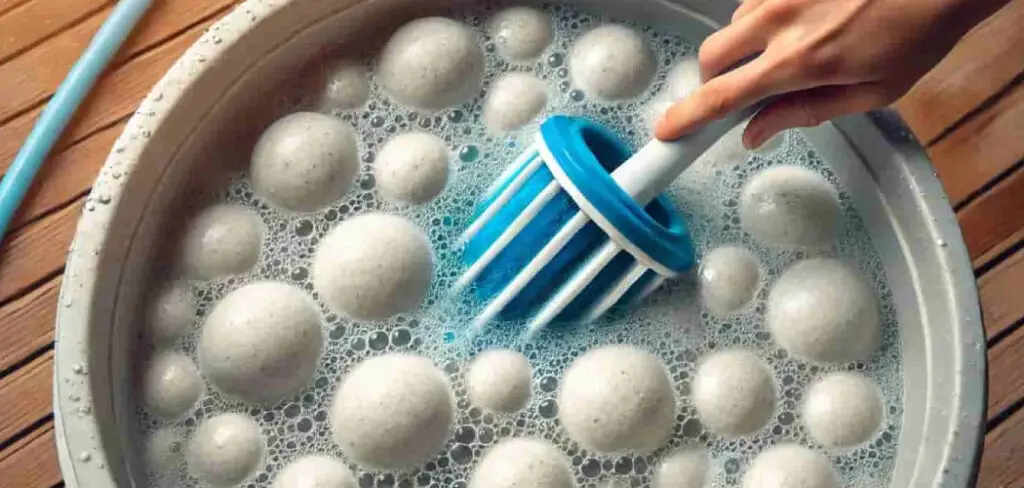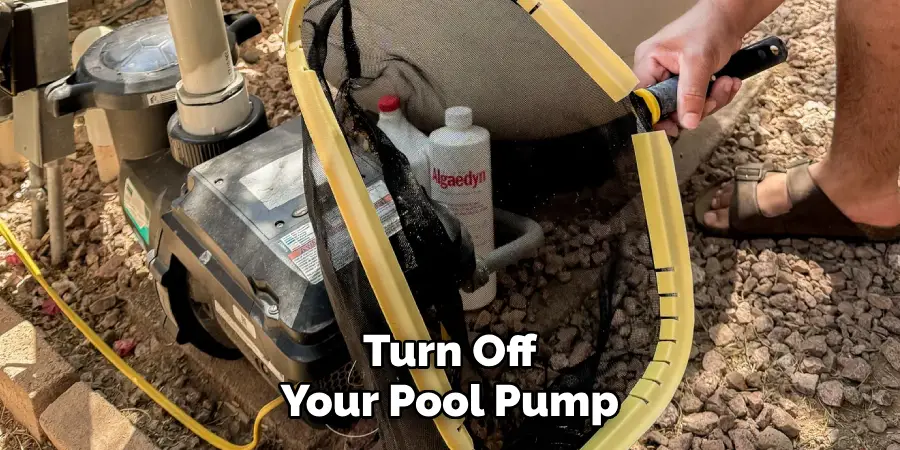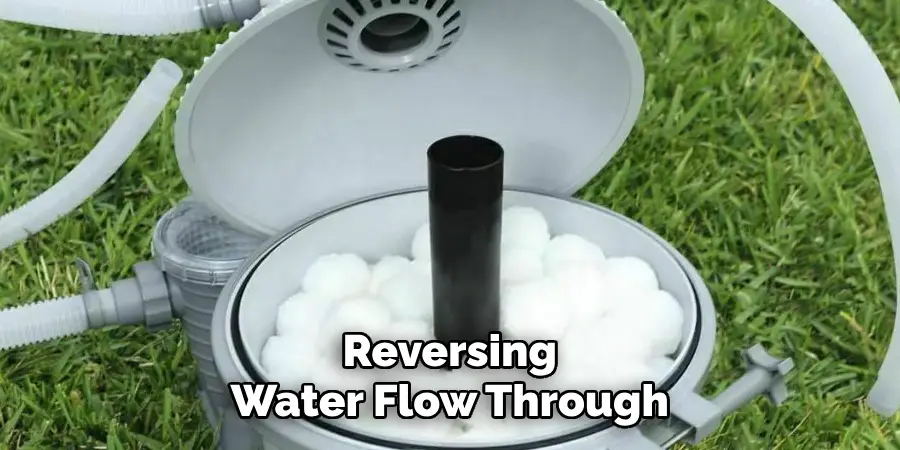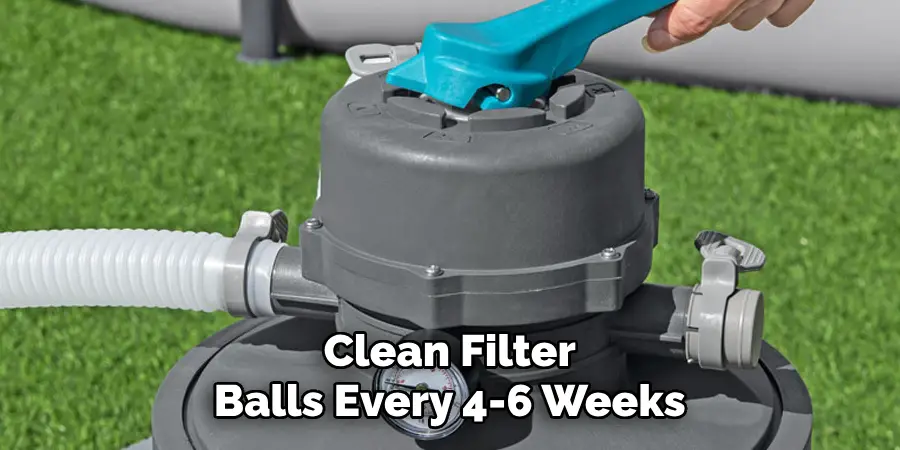Pool filter balls have become a popular alternative to traditional sand filters due to their lightweight design and eco-friendly properties. These innovative filter media excel at trapping debris and impurities, ensuring crystal-clear water in your swimming pool.

However, like any filtration system, pool filter balls require regular maintenance to function effectively. Learning how to clean pool filter balls is essential to prolonging their lifespan, maintaining water quality, and optimizing the performance of your pool’s filtration system. This guide provides a detailed, step-by-step process to help you clean and maintain your filter balls with ease.
What Are Pool Filter Balls?
Pool filter balls are small, lightweight spheres made from polyethylene or other synthetic materials. They serve as an alternative to traditional sand filters in swimming pools and offer several advantages.
Benefits of Pool Filter Balls
- Lightweight Design
Unlike heavy bags of sand, filter balls are easy to transport and install.
- High Filtration Efficiency
Their fine fibers trap even the smallest particles, leaving your pool water crystal clear.
- Eco-Friendly Properties
Unlike sand, filter balls are washable and reusable, reducing waste over time.
- Energy Saving
They improve water flow through the filter system, which reduces energy consumption.
Due to these benefits, pool filter balls have gained widespread popularity among pool owners as a low-maintenance and effective filtration solution.
Why Cleaning Pool Filter Balls is Important
Regular cleaning ensures that the pool filter balls maintain their efficiency. Over time, debris, oils, and dirt accumulate within the fibers, which can lead to reduced water flow and poor filtration performance.
Consequences of Neglect
- Clogged Filters
Unclean filter balls can clog the filtration system, interrupting water circulation and increasing the risk of damage to the pump.
- Decreased Water Quality
Debris-laden filter balls can no longer filter impurities efficiently, resulting in cloudy or contaminated pool water.
- Shortened Lifespan
Without proper maintenance, filter balls may degrade faster, leading to frequent replacements and increased costs.
By cleaning your pool filter balls on a regular schedule, you can ensure optimal filtration while also saving money in the long run.
Tools and Supplies Needed to Clean Pool Filter Balls
Before cleaning, gather the necessary tools and supplies to make the process smooth and effective.
Essential Tools
- Buckets
For soaking filter balls during the cleaning phase.
- Garden Hose
For rinsing off debris and detergent from the balls.
- Soft Brush
Helps gently remove ingrained dirt if necessary.
Cleaning Solutions
Choose the appropriate solution for your filter balls to avoid damage.
- Mild Detergent: A simple and effective cleaning agent suitable for most situations.
- Vinegar Solution: Eco-friendly and great for breaking down oils and grime.
- Specialized Cleaners: Commercial cleaners designed for pool filter balls may offer deeper cleaning for heavily soiled filters.
Additional Supplies
- Gloves: To protect your hands from dirt and cleaning agents.
- Masks: Optional, but useful if working with dirty or heavily soiled filter balls.
Having everything on hand will streamline the cleaning process and ensure your filter balls are cleaned thoroughly.
Step-by-Step Guide on How to Clean Pool Filter Balls
Cleaning pool filter balls takes just a few steps, but following them correctly ensures the best results.
Step 1: Removing the Filter Balls

- Turn off your pool pump and filtration system to prevent water flow.
- Access the filter housing and carefully remove the balls.
- Place the filter balls into a bucket or container to transport them without spilling debris.
Step 2: Preparing the Cleaning Solution
- Fill a large bucket or tub with warm water.
- Mix in a small amount of mild detergent or vinegar to create a cleaning solution.
- Stir gently to ensure the solution is evenly distributed.
Step 3: Cleaning the Filter Balls
- Rinse each filter ball with a garden hose to remove loose dirt and debris.
- Submerge the balls in the prepared cleaning solution. For heavily soiled balls, soak them for 15-30 minutes.
- Agitate the balls gently by hand to remove embedded dirt.
Step 4: Rinsing and Drying
- After soaking, rinse each ball thoroughly with clean water to remove any soap or detergent residue.
- Lay the balls out in a well-ventilated area and allow them to air-dry completely before reinstalling.
Proper drying is essential to prevent mold or mildew from forming inside the fibers.
Alternative Cleaning Methods for Filter Balls
If manual cleaning isn’t feasible, there are alternative methods that still yield great results.
Using a Washing Machine
For a faster and more convenient cleaning approach, consider washing your filter balls in a machine.
- Place the filter balls in a mesh laundry bag to protect them during the wash cycle.
- Use a delicate cycle with cold water and mild detergent.
- Allow the balls to air-dry thoroughly before reuse.
Specialized Cleaning Agents
Some manufacturers recommend using commercial cleaning products specifically designed for filter balls. These can help break down oils and stubborn dirt more effectively. Be sure to follow the product’s instructions for the best outcome.
Preventive Measures for Maintaining Clean Filter Balls
To reduce the need for frequent deep cleanings, take preventive steps to keep your filter balls functioning optimally.
Regular Backwashing

Backwashing is the process of reversing water flow through your filter to flush out accumulated debris and dirt. It is recommended to backwash your filter balls at least once a week, or more frequently if you have high levels of debris in your pool. This will help prevent clogging and ensure proper filtration.
Skimming & Brushing
Using a skimmer net and brush regularly can also help maintain clean filter balls. Skimming removes leaves, insects, and other floating debris from the surface of the water before they have a chance to sink and clog up the filter balls.
Brushing helps loosen any dirt or algae that may be stuck on the walls and bottom of the pool, making it easier for the filter balls to capture and remove them.
Chemical Balance
In addition to regular cleaning, maintaining proper chemical balance in your pool is crucial for optimal performance of your filter balls. The pH level, chlorine levels, and calcium hardness should all be monitored and adjusted accordingly to prevent algae growth, cloudiness, and other issues that can put strain on your filter balls.
Draining & Backwashing
It’s important to regularly drain and backwash your pool as well. Over time, debris and chemicals can build up in the water and cause a clog in the system. By draining and backwashing periodically, you can ensure that your filter balls are working at their best and maintaining a clean and balanced pool environment.
Common Mistakes to Avoid When Cleaning Pool Filter Balls
While cleaning pool filter balls is straightforward, mistakes can lead to ineffective cleaning or damage.
- Using Harsh Chemicals
Strong cleaners, such as bleach, can degrade the material and shorten its lifespan.
- Over-Cleaning
Too-frequent washing can weaken the fibers and reduce filtration performance.
- Skipping the Drying Process
Failure to dry filter balls completely can encourage the growth of mold and mildew.
Avoiding these common pitfalls will help you maintain your filter balls in peak condition.
Frequently Asked Questions
How Often Should I Clean Filter Balls?

It is generally recommended to clean filter balls every 4-6 weeks, depending on the usage and the level of debris they accumulate.
Can I Use Regular Detergent to Clean Filter Balls?
No, regular detergent is not advisable as it can leave residues that may affect the filtration process. Always use a cleaning method or solution specifically recommended by the manufacturer.
How Do I Know When to Replace Filter Balls?
Filter balls should be replaced if they appear heavily worn, clogged, or if you notice a decline in filtration efficiency. This typically happens every 1-3 years based on usage.
Are Filter Balls Compatible With All Pool Systems?
Most filter balls are designed to work with a variety of pool systems, but it is important to check compatibility with your specific model or consult your system’s manufacturer.
What Should I Do If Mold Develops on Filter Balls?
If mold develops, thoroughly clean the filter balls with an approved cleaning solution and make sure they are completely dried before reusing. If the mold persists, it may be best to replace them.
Benefits of Well-Maintained Pool Filter Balls
Keeping your pool filter balls clean provides numerous advantages, including:
- Improved Water Quality
Clean filter balls ensure clearer, healthier water by efficiently removing impurities.
- Extended Lifespan
Regular care reduces wear and tear, saving you money on replacements.
- Optimal Performance

Well-maintained filter balls contribute to better system efficiency, reducing energy consumption.
By committing to proper care, you’ll enjoy a pool that remains clear and inviting throughout the year.
Conclusion
Knowing how to clean pool filter balls is essential for every pool owner aiming to maintain a pristine swimming experience. With the right tools, methods, and preventive care, you can ensure these innovative filter media perform at their best for years to come.
Regular cleaning extends the life of filter balls, enhances water quality, and reduces overall maintenance costs, making it a worthwhile practice for any pool maintenance routine. Keep this guide as a reference to achieve and maintain sparkling clean pool water effortlessly.
About
Outdoor Fixes is a distinguished figure in the world of Diy design, with a decade of expertise creating innovative and sustainable Diy solutions.
His professional focus lies in merging traditional craftsmanship with modern manufacturing techniques,
fostering designs that are both practical and environmentally conscious. As the author of diy,
outdoorfixes delves into the art and science of outdoorfixes-making, inspiring artisans and industry professionals alike.
Education RMIT University
(Melbourne, Australia) Associate Degree in Design (Outdoor Fixes) Focus on sustainable design, industry-driven projects,
and practical craftsmanship. Gained hands-on experience with traditional and digital manufacturing tools, such as CAD and CNC software.
Nottingham Trent University
(United Kingdom) Bachelor’s in outdoorfixes.com and Product Design (Honors) Specialized in product design with a focus on blending creativity with production
techniques. Participated in industry projects, working with companies like John Lewis and Vitsoe to gain real-world insights.
Publications and Impact
In diy, Outdoor Fixes his insights on indoor design processes, materials, and strategies for efficient production.
His writing bridges the gap between artisan knowledge and modern industry needs, making it a must-read for both budding designers and seasoned professionals.

